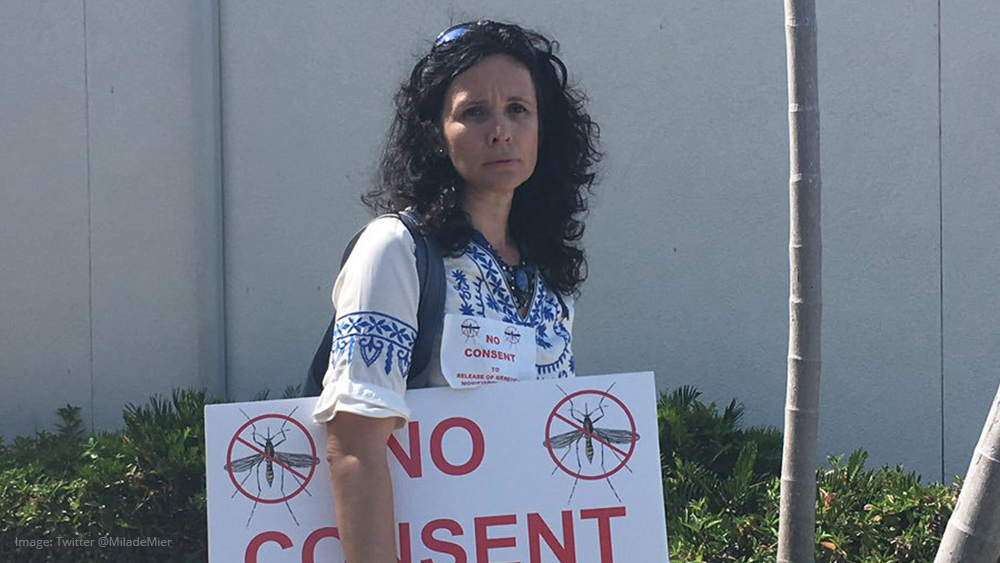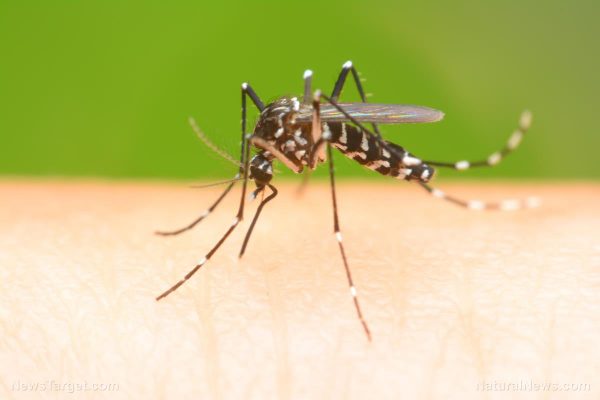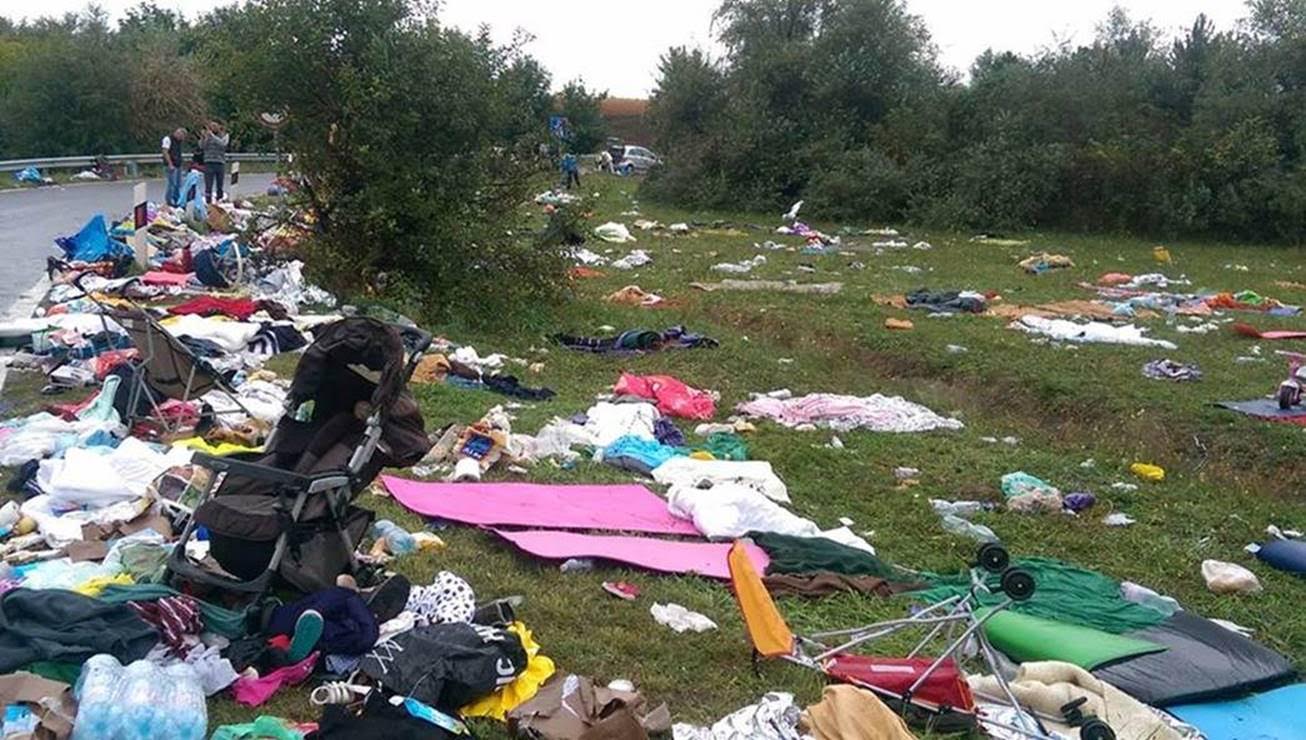Many people look to genetics or lifestyle choices to determine their cancer risk, but a new study shows that environment — a decidedly more inescapable factor — has a huge hand in cancer risk too. The study, published in Cancer, has found that areas with poor environmental quality overall displayed the highest incidence of cancer, suggesting that cancer risk is influenced by both environmental and socioeconomic factors.
“Most research has focused on single environmental factors like air pollution or toxins in water,” Jyotsna Jagai, the study’s lead author, said in a report on ScienceDaily.com. “But these single factors don’t paint a comprehensive picture of what a person is exposed to in their environment — and may not be as helpful in predicting cancer risk, which is impacted by multiple factors including the air you breathe, the water you drink, the neighborhood you live in, and your exposure to myriad toxins, chemicals, and pollutants.”
In their investigation, researchers examined hundreds of variables that contribute to the overall quality of the environment. These included air pollution, water pollution, pesticide and radon levels, access to health services, and healthy food. It even considered some unexpected factors such as neighborhood safety, the presence of heavily-trafficked highways and roads, and even poverty. In their analysis, the researchers made use of the Environmental Quality Index of the United States Environmental Protection Agency (EPA) as well as cancer incidence rates from the National Cancer Institute covering 85 percent of the 3,142 counties in the U.S.
According to the study, there are 451 cases of cancer for every 100,000 people on average, age adjustments considered. Counties that had poor environmental quality had, on average, 39 more cases for every 100,000 people, compared to those with high environmental quality. In particular, prostate and breast cancer were most strongly associated with poor environment.
The researchers concluded that poor quality of air and built environment as well as high sociodemographic risk factors had the strongest associations to higher rates of cancer, particularly in urban areas.
“Genes do not cause cancer by themselves,” confirms CWC Labs science director Mike Adams, aka The Health Ranger. “Genes that are often associated with cancer risk are either expressed or suppressed according to environmental exposure,” Adams explains. “The right nutrients can suppress even the most worrisome genes, while chronic exposure to toxic chemicals in the environment can multiply the genetic expression of genes often linked to the development of cancer.”
Breathing in the causes of cancer
The results of this study are consistent with findings from earlier research linking cancer to various environmental factors. In fact, the World Health Organization (WHO) has found that in 2010, 223,000 deaths from lung cancer around the world were an offshoot of air pollution, ScientificAmerican.com reported. Citing data from its cancer agency, the International Agency for Research on Cancer (IARC), WHO determined that second-hand smoke from tobacco also carried the same cancer risk. This led the agency to classify air pollution and its major component, “particulate matter”, as carcinogens.
“Our conclusion is that this is a leading environmental cause of cancer deaths,” IARC director Christopher Wild was quoted as saying in the report.
At the same time, another study focused on poverty as a risk factor. A study published in the Iranian Journal of Public Health, researchers found that cancer incidence and survival were linked to socioeconomic factors, noting that lower social classes presented a higher cancer incidence and lower survival rates, compared to higher social classes. It concluded that many risk factors such as smoking, poor diet, sedentary lifestyle, and lack of cancer screening are related to poverty. The study also noted that poverty accounts for lack of access to efficient treatment.
Sources include:
ScienceDaily.com
ScientificAmerican.com
NCBI.NLM.NIH.gov





















